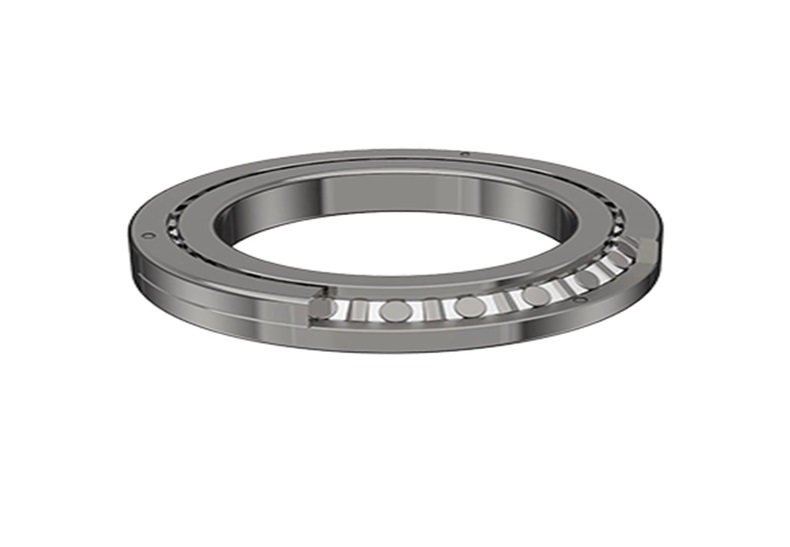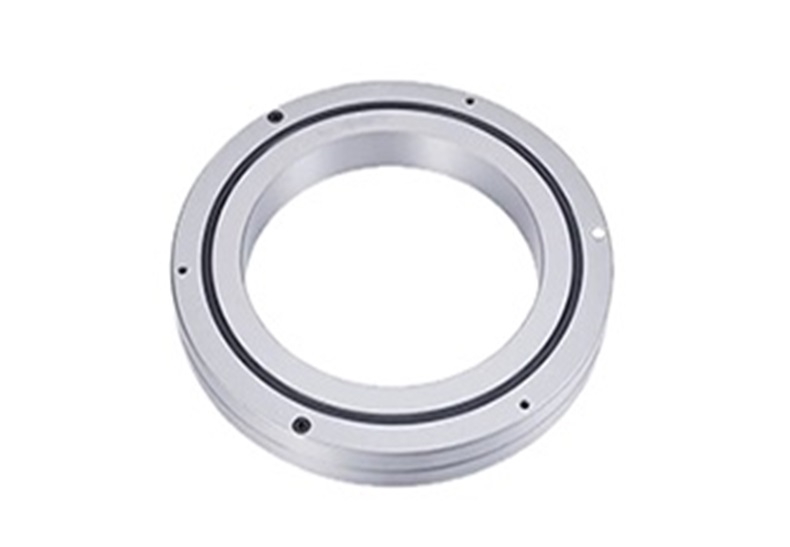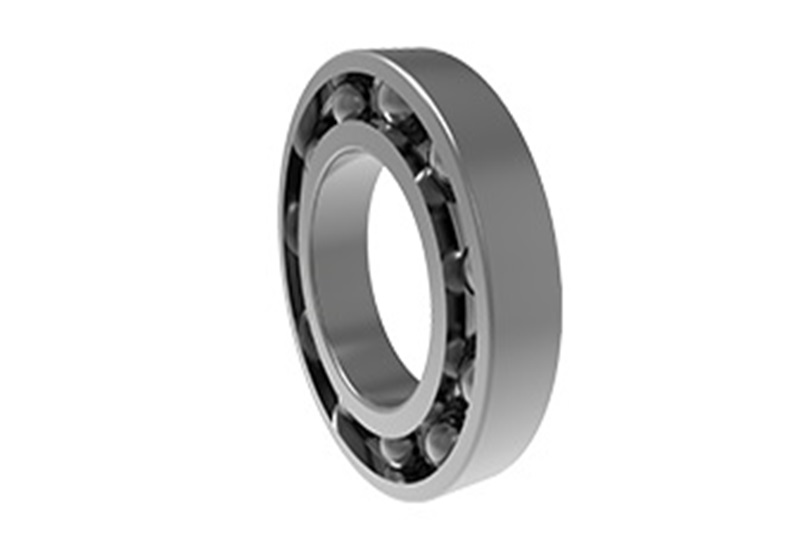Classification and Applications of Roller Bearings
Roller bearings are ubiquitous mechanical components in the industrial world. They rely on rolling elements to support rotation and play a crucial role in various equipment ranging from motors and cars to textile machinery. Today THB will delve deeper into the main types, applications, advantages and disadvantages, and future directions of China roller bearings.
China Roller Bearing Types
Deep Groove Ball Bearings
Simple in structure, strong loading capacity, and relatively low manufacturing costs. Suitable for high-speed, high-precision situations such as motors, automobiles, home appliances, and machine tools.
Cylindrical Roller Bearings
Specifically designed to bear high radial loads, with strong rigidity and large load capacity. Commonly used in heavy-load, low-speed industrial equipment such as large fans, conveyors, and paper-making machinery.
Tapered Roller Bearings
Can bear both radial and axial loads due to their tapered shape. Widely used in car hubs, gearboxes, and other devices that require bi-directional support.
Self-aligning Bearings
Can automatically adjust the angle deviation of the shaft, compensating for bending and installation errors. Suitable for paper machines, mining machinery, and textile machinery.
Applications of China Roller Bearings
In mechanical design, choosing the right roller bearing is crucial. Designers need to select the appropriate type based on different application scenarios:
High-Speed Motors
Deep groove ball bearings are the first choice due to their low friction, low noise, and high precision.
Automotive Industry
Tapered roller bearings have excellent load-bearing capacities and can handle the high radial and axial loads of wheels, differentials, and gearboxes.
Heavy Industrial Equipment
Cylindrical roller bearings, due to their strong radial load capacity, are the first choice for heavy-duty industrial equipment.
Paper and Textile Machines
Self-aligning bearings can compensate for installation deviations and ensure smooth operation of the equipment.
Advantages and Disadvantages of China Roller Bearings
Advantages:
High Efficiency
Low friction and resistance.
Long Lifespan
Can operate stably for many years with proper maintenance.
Wide Application
Used in machinery across various industries.
Disadvantages:
Noise
Can be noisy at high speeds.
Cost
High precision roller bearings can be relatively expensive.
Lubrication Requirement
Continuous lubrication is necessary; inadequate lubrication can affect lifespan.
Environmental Sensitivity
Prone to dust and moisture, requiring sealing measures.
Differences Between Plain Bearings and Roller Bearings
Support Method
Plain bearings rely on sliding surface friction to support loads, while roller bearings use rolling elements to reduce friction.
Cost
Plain bearings are low-cost, suitable for low-speed, high-load applications. Roller bearings are more complex to manufacture and costlier, but are suitable for high-speed and high-precision applications.
Efficiency
Roller bearings have high efficiency, while plain bearings have greater friction and lower efficiency.
Lifespan and Maintenance
Roller bearings have a long lifespan but require regular maintenance; plain bearings have a shorter lifespan but are simpler to maintain.
The Future of China Roller Bearings
With technological advancements, roller bearings have seen significant improvements in materials and technology:
Ceramic Bearings
Ceramic materials allow bearings to withstand high temperatures and have low friction, suitable for high-precision equipment and harsh environments.
Intelligent Sensing
Intelligent sensing technology enables roller bearings to monitor their own status in real-time, improving reliability and reducing unexpected downtimes.
In conclusion, China roller bearings are indispensable in the industrial field. They will continue to accompany technological progress, becoming the solid pillars of efficient and reliable mechanical equipment.














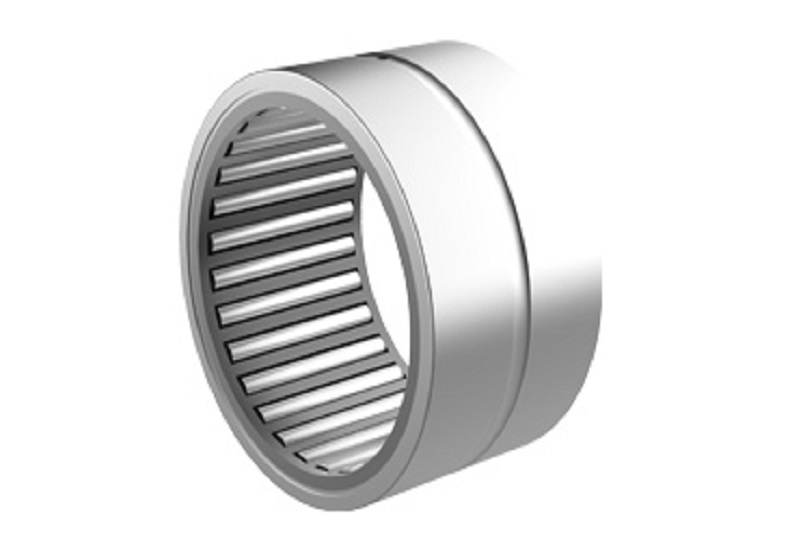
 English
English  français
français  Deutsch
Deutsch  italiano
italiano 


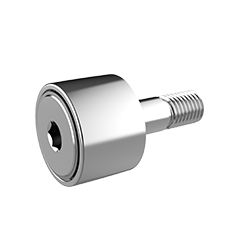
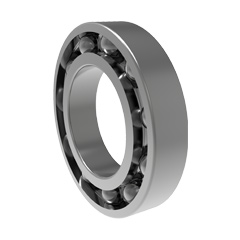
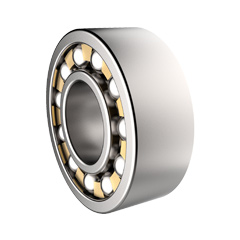
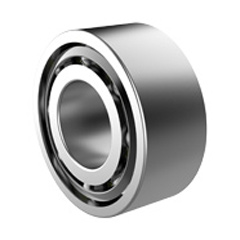
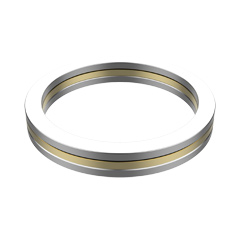
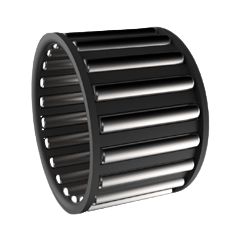
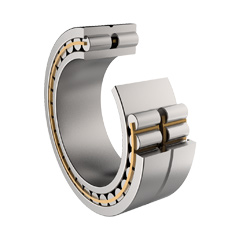
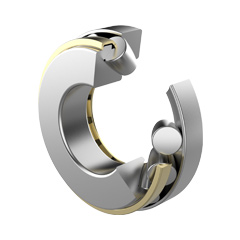
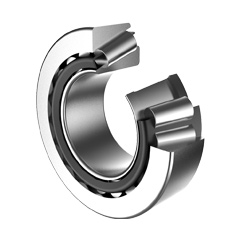
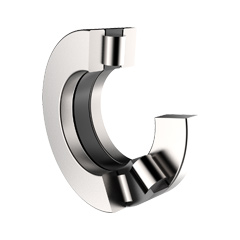
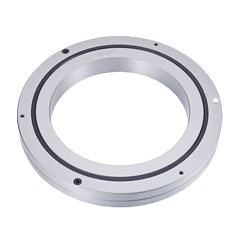
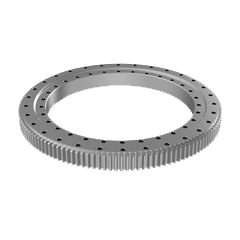
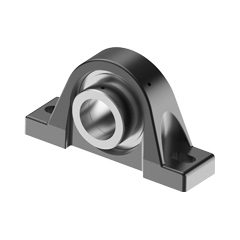
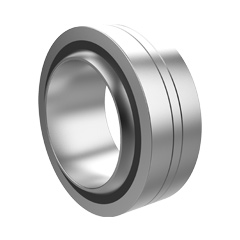

 English
English  français
français  Deutsch
Deutsch  italiano
italiano 

